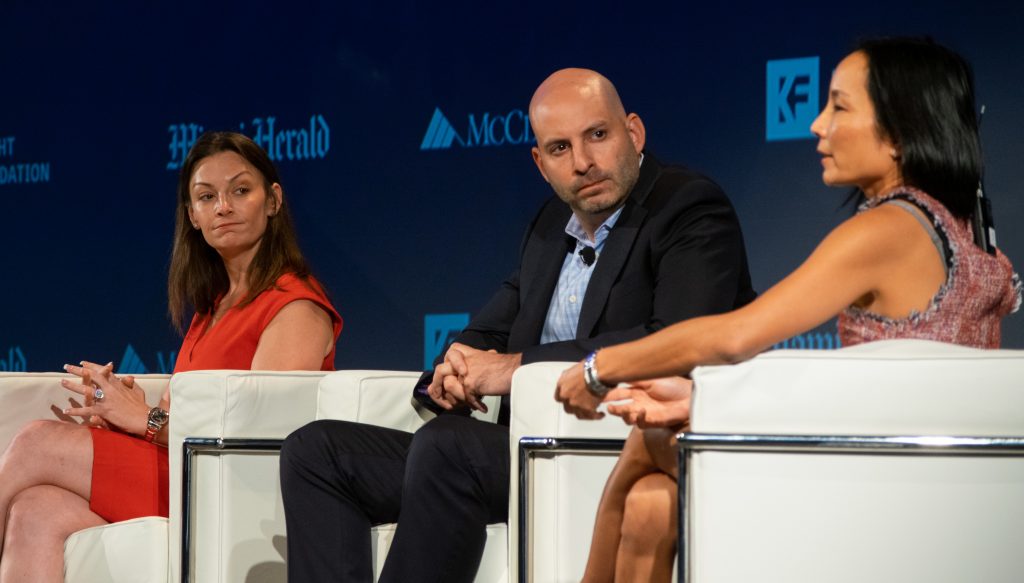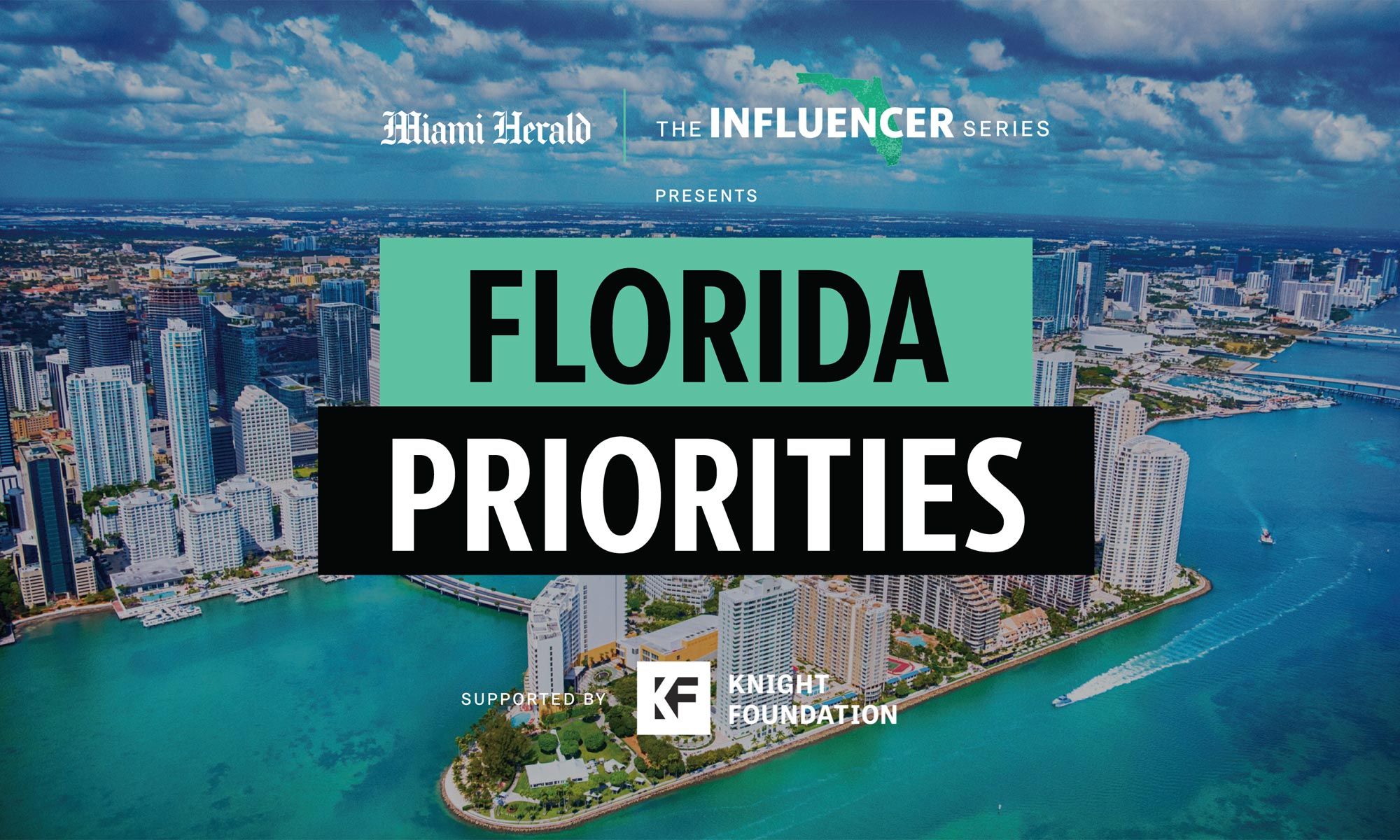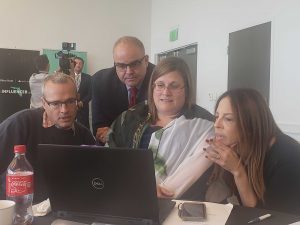
By Dylan Hart
University of South Florida – St. Petersburg
Florida Agricultural Commissioner Nikki Fried predicted that hemp could be a $30 billion industry in Florida. But obstacles to hemp and cannabis production still stand in the way.
Fried made her prognostication Tuesday at the Florida Priorities Summit, joining lawyer Matt Ginder and Dr. Ann-Marie Wong, a physician who specializes in medical marijuana, in a discussion of the future of cannabis in the state.
Florida voters legalized cannabis for medicinal purposes in 2016. But restrictions are still in place that keep the industry from flourishing, the panelists said.
“You can break it down to issues of getting into the market,” said Ginder, senior counsel at the Cannabis Law Practice Group of law firm Greenspoon Marder. “Once you have the relevant licenses, there’s still a tremendous amount of issues operating your company.”
The cost of entering the business — from growing supply to processing facilities to retail stores — ranges from $20 to $30 million, Fried estimated.
On top of that, the competition is heavy, she said. There are already over a dozen businesses in Florida competing for a spot, and many already have connections with patients and doctors.
St. Petersburg has seven retail dispensaries, one less than a mile away from USF St. Petersburg.
Fried, who was a medical marijuana lobbyist before being elected to her position in 2018, promoted medical marijuana as a key campaign plank. She said that patient access is still limited due to fiscal concerns.
“It’s still a cash-only business,” and patients often have to “pay additionally out-of-pocket” to see a licensed physician, Fried said. “It’s a huge undertaking [for the industry], so there are no opportunities to lower the cost of medicine.”
But public opinion on dispensaries is turning around, Fried said. At first, many cities restricted them to warehouse or industrial areas. But as more have opened dispensaries — Fried compared their appearance to Starbucks, IKEA and Apple stores in terms of presentation — some strip malls have started to view them as attractions that bring foot traffic and new customers.
Regarding dispensaries near college campuses, Fried said that it was a positive to have access nearby for students, but made it clear that education was key to prevent abuse.
Although the panelists agreed that the regulations may be too strict in some areas, the state lacks the means to independently test medical pot for consistency, instead relying on the producers to self-test and report their findings. That needs to change, and requires action from the state Department of Health, Fried said.
But the panelists agreed that medical marijuana, hemp and eventually recreational pot have significant economic potential for Florida.
Fried said that the industrial hemp — used for everything from paper to packing material — is just as much of a potential boon to the economy as its medicinal or recreational byproducts.
The Department of Agriculture is “working hard” to push hemp as a new industry for the state, Fried said and that the program created by the department is intended to be a “completely open marketplace” for business owners to apply for a license. In the past, Fried has said that she wants Florida to be a leader in the country for hemp.
As for recreational marijuana, in Ginder’s view, the economic positives mean that expansion in Florida is inevitable.
“Tax it, don’t tax it too much or you push it into the black market,” Ginder said. “I think that’s the way to go. It’s not a matter of if, it’s a matter of when.”
Still, the panelists identified public apprehension surrounding cannabis.
“One of the biggest misconceptions is really fear of the unknown,” Ginder said. “I heard it a lot early on in Florida that we don’t want to look like Colorado. Colorado’s really not that bad.”
Wong said that, despite growing public support, there are still a lot of misconceptions surrounding medical marijuana’s physical effects, even among medical patients. She said that only about 280,000 of Florida’s roughly 400,000 registered medical marijuana patients are active users.
Because of that, she raised concerns about limiting access to particular kinds of cannabis. She said that different patients prefer different methods: for example, patients over 55, who make up the majority of medical marijuana patients, prefer smokable cannabis because of its familiarity.
She added that cannabis is not strictly psychoactive as many people perceive, either.
“A lot of patients are able to work and go to school without getting high while at the same time preventing their symptoms,” Wong said. “That’s probably the biggest misconception — that if you use medical marijuana, you’re going to get high.”
The panel agreed that the state has a lot of work to do to ramp up production, as sufficient supply of varied types of cannabis is a major concern for the industry.

